Search
Remove Ads
Advertisement
Summary 
Loading AI-generated summary based on World History Encyclopedia articles ...
Search Results

Article
Mandu - City of Joy
The city of Mandu is situated about 35 km from Dhar in the Madhya Pradesh region of northern-central India. Most of the city's monuments date to the 15th and 16th century CE. The city is located on a hill which rises 633 m above the sea level...
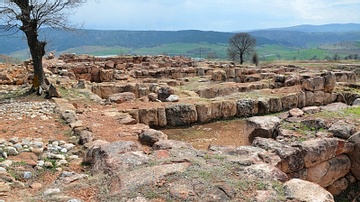
Image
Ruins of Sapinuwa, Building A
The ruins of Sapinuwa, an important Hittite military and religious centre (today Ortakoy in central Turkey), are spread out over 9 km2 and include many building foundations. A monumental structure with Cyclopean-walls, the so-called “Building...
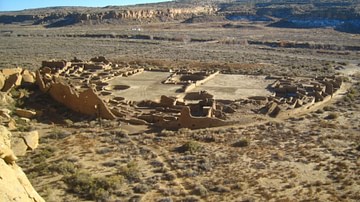
Definition
Chaco Canyon
Chaco Canyon was the center of a pre-Columbian civilization flourishing in the San Juan Basin of the American Southwest from the 9th to the 12th century CE. Chacoan civilization represents a singular period in the history of an ancient people...

Definition
Saint Sophia Cathedral, Kyiv
Saint Sophia Cathedral in Kyiv, Ukraine is a monument of 11th-century architecture, painting, and mosaic work. The cathedral was named after Hagia Sophia and, as the main temple of the state, played the role of its spiritual, political and...
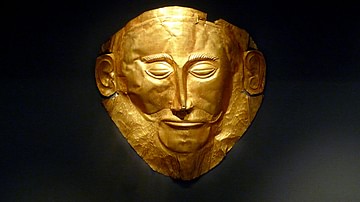
Definition
Mycenaean Civilization
The Mycenaean civilization flourished in the Late Bronze Age (c. 1700-1100 BCE), peaking from the 15th to the 13th century BCE. The Mycenaeans extended their influence throughout the Peloponnese in Greece and across the Aegean from Crete...
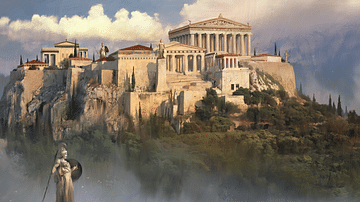
Definition
Acropolis
An acropolis is any citadel or complex built on a high hill. The name derives from the Greek akro, "high" or "extreme/extremity" or "edge", and polis, "city", translated as "high city", "city on the edge" or "city in the air", the most famous...
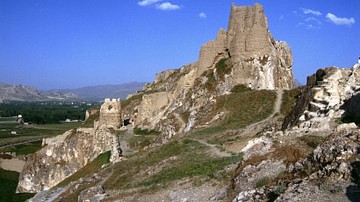
Definition
Tushpa
Tushpa, later known as Van, was the capital of the Urartu kingdom of ancient Armenia, eastern Turkey, and western Iran from the 9th to 6th century BCE. Located on the eastern shore of Lake Van in modern Turkey, the city was a fortress site...
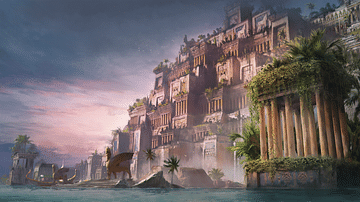
Article
Philo of Byzantium's On the Seven Wonders
Philo of Byzantium's On the Seven Wonders (225 BCE) is the first known list of the Seven Wonders of the Ancient World (though it may have been based on earlier works now lost). Philo's list differs from the standard Seven Wonders in replacing...
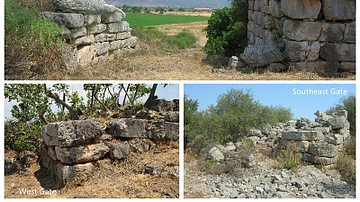
Article
The Island of Gla: A Mycenaean Mystery Solved?
The island of Gla, an enigmatic Mycenaean citadel in the north-eastern corner of the Copais basin lies 70 miles north of Athens, in the region of Boeotia. Lake Copais was the largest lake in Greece until the late-19th century CE when it was...

Video
The Minoans and Mycenaeans: Civilizations of the Bronze Age Aegean
The Minoans and the Mycenaeans were both powerful civilizations of the Bronze Age Aegean, and often they are through to follow one after the other. However, this comparison video will detail through some of the similarities and differences...